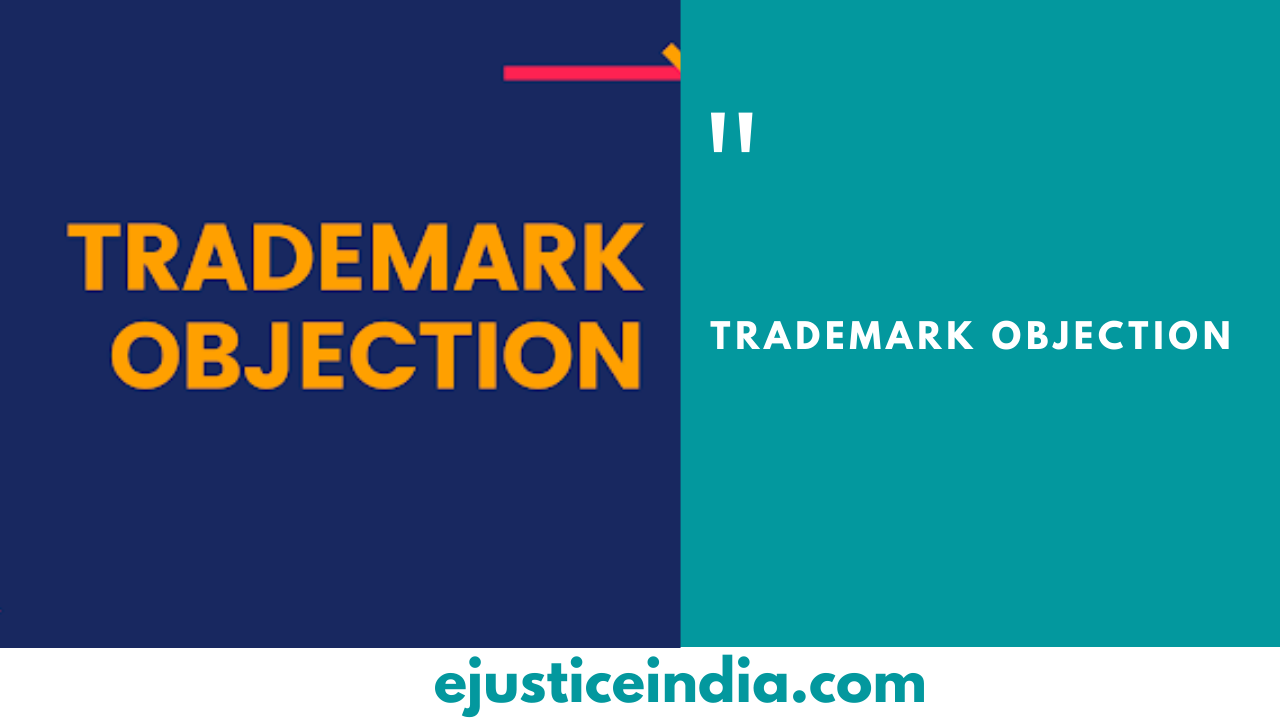COPYRIGHT RULES IN INDIA
Author : Kriti Gandhi
Copyright is a exclusive right of the Copyright Owner. Where the right to copy or reproduce a work the author acquires copyright. It is a product of human ability and mental capacity to do something creative. Includes writing, play, music and other creative activities.
Copyright often creates Right to Rem and in the form of non-constructive property and bad copyright.
It is the main purpose of promoting rights and doing Original Work. It also helps protect the long-term human rights.
Copyright acquisition is automatic and does not require legalization. However, the certificate of registration of copyright and the submission made in it serves as the first proof in a court of law in respect of a dispute over copyright ownership.
A copy of the Certificate serves as proof of ownership which helps to take legal action immediately. It is also helpful to certify copyright in foreign literature.
Copyright infringement is the use of unauthorized material covered by copyright law, which infringes one of the copyright owner’s special rights, such as copyright. Also known as copyright infringement.
The copyright system basically revolves around two theories: fairness theory and social theory. The idea of justice is focused on writers, which promotes the rights of writers, by giving them a special opportunity to benefit from their work, while the social vision is focused on the public interest. According to the latter, works done by writers should be made available to the public so that the public will be more interested.
NO WORK IS DONE WITHOUT VAIN.
Investigators still have a duty to respect the rights of authors under Section 5737 of the Copyright Act.38 Under Section 57, authors have exclusive rights or have lost their economic rights. These rights are inseparable and permanent. In India parental rights and integrity rights are recognized even though the law lists these rights as special rights of authors. Even after the termination of copyright, one must acknowledge the source and respect the moral rights of the authors, as they are required as part of academic integrity and honesty.
Copyright can live up to 60 years from the date of death of the original author. It means that his legal representative can properly acquire his creation for a period of sixty years after the death of the author. After that the work comes in public places and anyone can publish it.
For example-
1. With regard to the writing or imitation work of the author, that is, the person who created the work.
2. In terms of music work, composer.
3. In the case of cinematograph film, producer.
4. In the case of audio recordings, the producer.
5. In the case of a photograph, the photographer.
6. In the case of computer work, the person performing the work is done.
Provides with Right like-
1. Reproduction work
2. Distribute copies of the work to the public
3. Doing this work openly
4. Communication and work in the community.
5. Making a film or sound recording about a work
6. Perform any translation work
7. Perform any job modification.
The copyright community is a registered joint venture community. Such a community is made up of copyright owners. The minimum membership required for public registration is seven. Generally, only one community is registered to do business in relation to the same category of work. The copyright public may issue or grant licenses in respect of any work where copyright supports or in respect of any other right granted by the Copyright Act.
The chairman of the Copyright Board has the power to regulate their own affairs including retaining or disposing of benches. Bench should not be less than 5 members. The Complete Decision depends on the Chairperson in the absence of a majority. Licensing the Indian Works community reserved for Publishing.
In registration a person applies to the registrar. Upon receipt of the application an investigation is conducted into the submission of a job description. After that the adjustment is made by mistake in paying the registered fee,
Community Solutions where injuries and injuries are found and if we continue Criminal detention not less than six months or a fine ranging from 20k to 50k.
The copyright community can:
1. Issue licenses for civil rights.
2. Collect funds in accordance with those licenses.
3. Distribute those funds to copyright holders after monetizing administrative costs.


